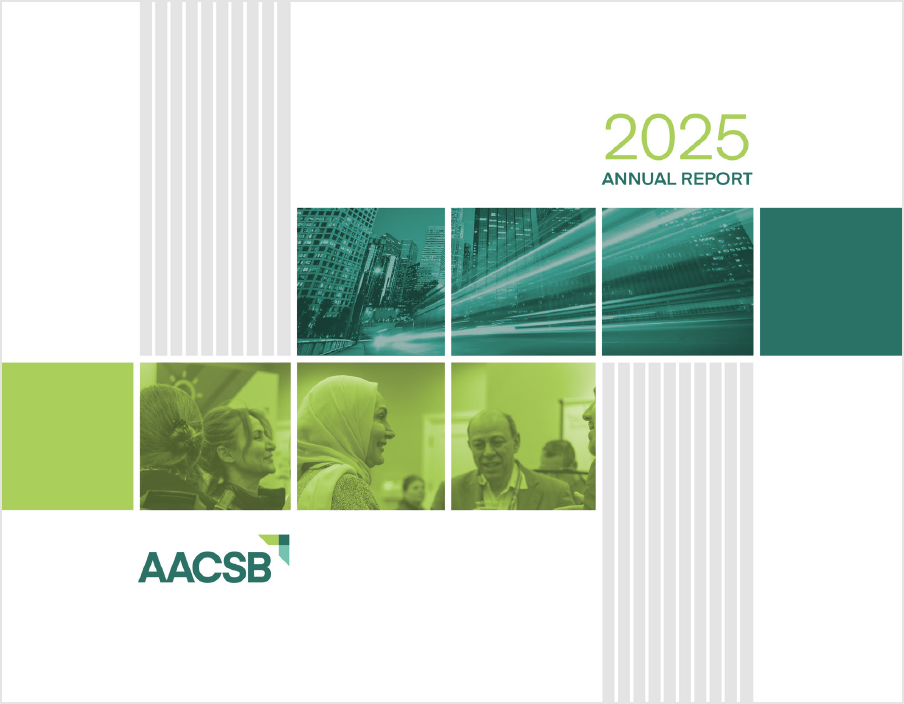How to Stay Nimble—the NASA Way
- Organizations must constantly adapt to a changing environment, but they don’t always need to move quickly to remain flexible.
- Ongoing incremental adjustments that take place over decades can result in transformational change.
- Through “logical incrementalism,” company leaders can make small-scale changes, embed them throughout the organization, and expand them once they’ve proven successful.
What can business leaders learn about strategic agility from a large incumbent organization such as the National Aeronautics and Space Administration (NASA) in the U.S.? The short answer: They don’t always have to move quickly, but they do need to keep moving.
That conclusion was part of recent research conducted by Loizos Heracleous of the University of Warwick, Christina Wawarta of the University of Warwick and BSH Home Appliances Group in Munich, Angeliki Papachroni of ESMT Berlin, and Sotirios Paroutis of the University of Warwick.
“Strategic agility is defined as an organization’s capacity to make strategic commitments while staying nimble and flexible and is seen as a means by which organizations transform and reinvent themselves, adapt, and survive,” the authors write. However, many executives struggle to build business agility or to anticipate fundamental shifts in the marketplace, which puts them at a competitive disadvantage.
The co-authors point out that, too often, leaders are told that the key to agility is to adapt quickly. But from their study, they conclude that organizations also can maintain agility by making significant adjustments over time—even decades—as they strive to keep up with a continually changing industry.
“Agility involves many dimensions, some of which actually benefit from low speed,” they write. The key is to progressively build “longer-term competencies, culture, and strategies that are not only internally aligned but also aligned with the demands of the external environment.”
As an example, they examine how NASA managed “to radically realign its business model repeatedly during its six decades of existence.” During that time, NASA successfully transitioned between three distinct alignments: one hierarchical, one intergovernmental, and one commercial.
But instead of enjoying long periods of stability followed by short periods of great upheaval, NASA embraced “a series of incremental evolutions that collectively amounted to transformational change.” In other words, the space administration engaged in continual adjustments that enabled it to slowly remake itself. The researchers call this strategy logical incrementalism.
NASA engaged in continual adjustments that enabled it to slowly remake itself through logical incrementalism.
Organizational leaders who want to follow a similar pattern can take three steps:
- After sensing external environmental impulses, they can take actions that emerge on a small, informal scale. These changes take place “in the context of a stable organizational purpose.”
- Company leaders can embed the micro-level changes in the organization and test them for effectiveness.
- If the changes are successful, leaders can expand them throughout the organization. Eventually, these changes get formalized into new processes and business models.
The researchers acknowledge that balancing exploitation and exploration is challenging for organizational leaders—which would include business school administrators. But they emphasize that companies need new business models if they’re going to overcome the tendency to merely rearrange old ways of doing business. They contend that strategic agility is crucial in fostering innovation, particularly when organizations risk falling into competency traps or strategic inertia.
“Faced with increasing pressure from blurred industry boundaries and rapid technological change, established organizations in almost every industry are facing the pressure for radical or transformative changes,” says Papachroni, a lecturer in strategy, innovation, and entrepreneurship at ESMT. She is also faculty lead of the Master in Innovation and Entrepreneurship program at the school. “It is vitally important that organizations look to challenge their current strategies, even in times of noncrisis, so that they are able to adapt easily and effectively when they face key challenges to their survival.”
“Logical Incrementalism as a Path to Strategic Agility: The Case of NASA” was published in California Management Review.






